The making of Dishonored's greatest mission, Lady Boyle's Last Party
An exquisite level that showcases the twisted menagerie of Dunwall high society.
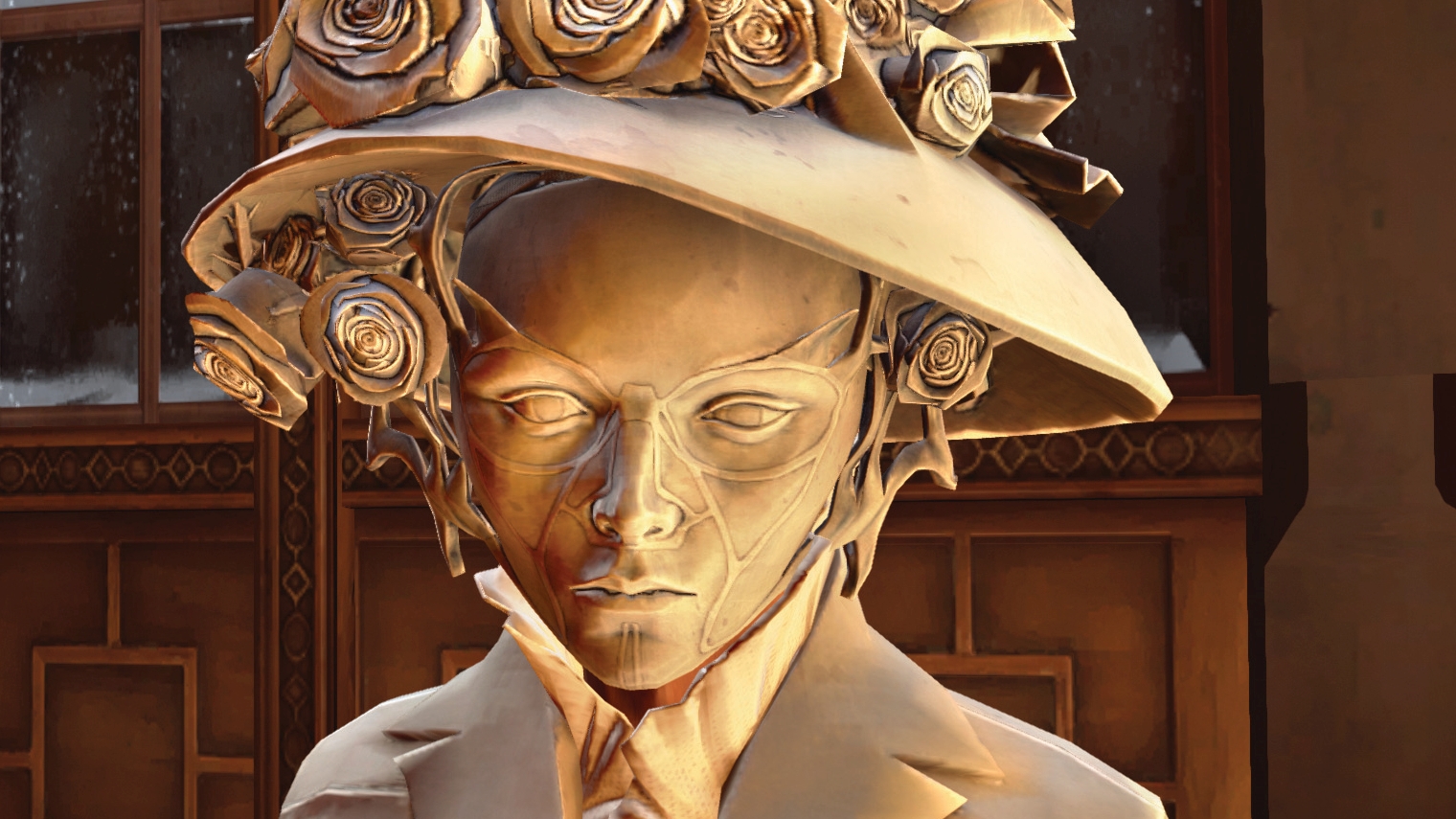
This story was originally published in November, 2016. We're republishing it today in case you still feel inspired to crash a rich maniac's party.
Ask any Dishonored fan what their favourite mission is and there’s a good chance they’ll say Lady Boyle’s Last Party. Your target is Lady Boyle herself, the setting a lavish masked ball in her opulent mansion, and there are countless ways to complete your objective. It’s an amazingly complex level, both in terms of its layout and the intricacies of the mission itself. My first question for Harvey Smith, co-creative director, is a simple one: where on Earth did they start?
“We had a whiteboard of interesting setups for missions,” he says. “Things like there being three targets, but only one of them is the correct target. Then in another column we had a long list of locations including a costume party, which of course became the setting for Lady Boyle’s Last Party. We were basically mixing and matching ideas. Some were thrown out straight away, though, like a mission where a train stops and you have five minutes to kill a passenger before it leaves the station.”
One of the most interesting things about the level is the stark contrast between the starting area and the mansion. Corvo’s first objective is to find a way into the party, and to do so he has to make his way through a section of moonlit, plague-ridden city streets. “One thing that makes the level work is the chunk of urban architecture beforehand,” says Smith. “You’re roaming this apocalyptic city and avoiding guards, then suddenly you’re in a place with masked aristocrats where you can move around freely.”
One of Dishonored’s major themes is the abuse of power. “That can be a guard punching a dude in the mouth just because he can get away with it,” says Smith, “or it can be a mythic figure offering you supernatural powers with the cynical expectation that you’re going to abuse them. It’s about one person living a wealthy life while a thousand others are living like rats.”
In Lady Boyle’s Last Party, the sharp divide between the grim surrounding streets and the grand house, hidden safely away from the infected citizens and rats, reflects this theme. “You go through the streets, which are rat-infested and littered with diseased corpses, then you cross over into this palatial home where there are gold-plated frames and tables loaded with little crab cakes that someone has spent all day making.”
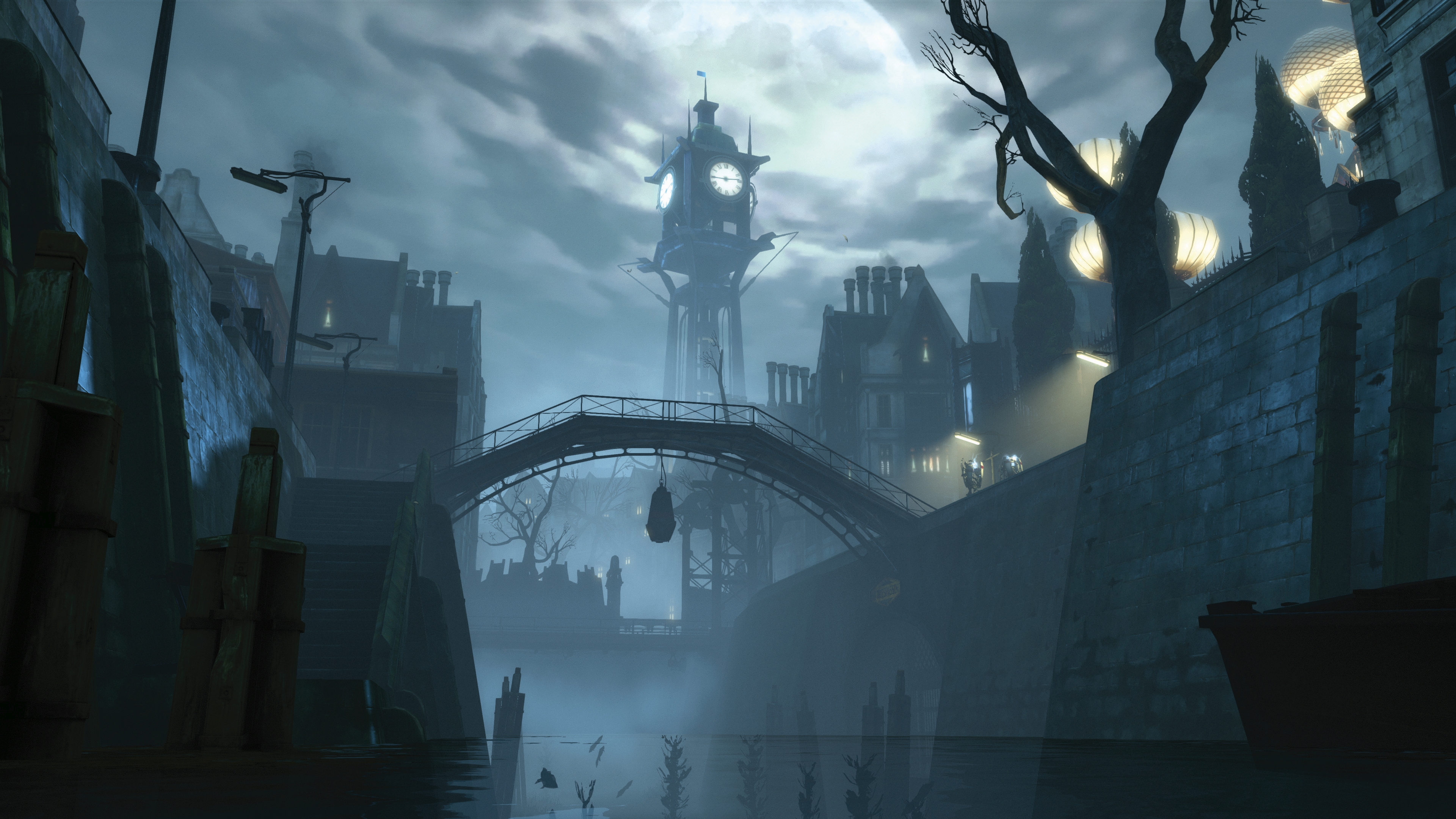
The guests, whose faces are obscured by bizarre masks, represent the richest, most influential people in Dunwall. “We want to avoid ‘poor people are good and rich people are evil’, but it’s true that power tends to make people grotesque, or it puts people in situations that are hard to resist,” says Smith. “Rich families profited from selling chemicals to the Nazis. People are making money from housing projects in Detroit. It’s a tone-deafness to human suffering in exchange for personal profit that some of the upper class citizens in Dunwall are guilty of.”
The biggest gaming news, reviews and hardware deals
Keep up to date with the most important stories and the best deals, as picked by the PC Gamer team.
One of the secrets to the worlds we build is that they’re messy. There isn’t ‘the stealth corridor’ and ‘the hacking hallway’. Instead, we try to blend these things naturally into the environment.
Harvey Smith
The mansion itself is one of the best examples of Dishonored’s incredible art design and world-building. Like many locations in the game, it doesn’t feel like a level; it feels like a place. “One of the secrets to the worlds we build is that they’re messy,” says Smith. “There isn’t ‘the stealth corridor’ and ‘the hacking hallway’. Instead, we try to blend these things naturally into the environment. And it helps that European cities, which inspired Dunwall, are inherently more organic than grid-like American ones. When they say ‘all the money is on the screen’ about a film, that’s true of Lady Boyle’s Last Party too. We put so much work into it.”
The masks worn by the party guests are another example of Arkane’s sophisticated visual design. “I remember the meeting,” says Smith. “At first we were thinking about cats, jack-o’-lanterns, stuff like that. Traditional Halloween imagery. But then we ended up with the more surreal designs that ended up in the game, like a baby coming out of someone’s head and a fox with a corn cob pipe. When we combined these with the pseudo-Victorian aristocratic costumes, it really worked.”
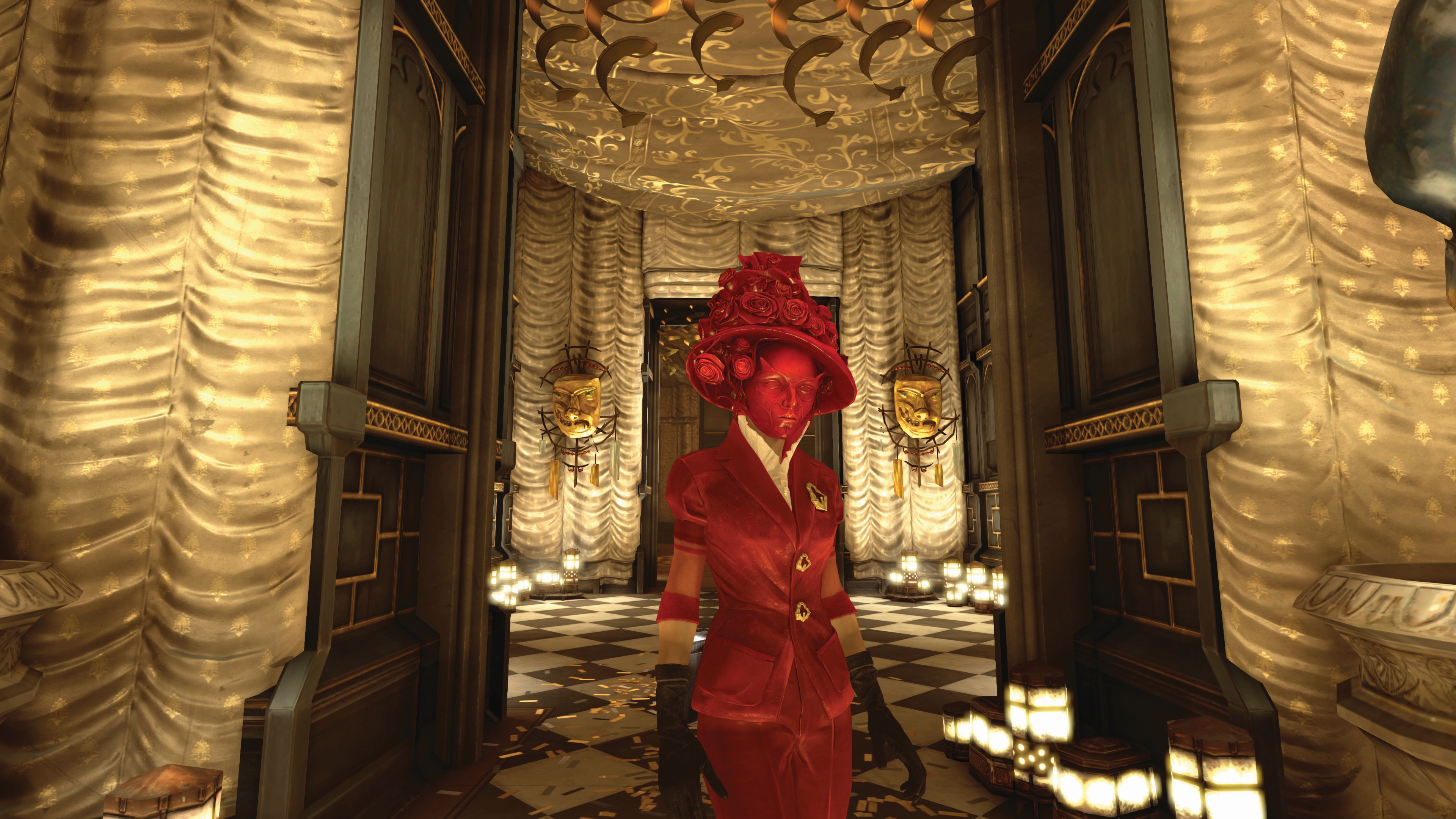
As dark as Dishonored is, the game also has a sense of humour, including the ability to sign the guestbook at the party as yourself, despite potentially being the most wanted man in the city. “Our world is grim, terrible, and plague-infested, but what makes that work is having a little relief. Signing the book as Corvo Attano feels almost perverse. And it creates gossip later. ‘Is it possible he was actually there?’ ‘No, it’s someone’s idea of a joke.’ And players love that kind of humour in the middle of all this darkness.”
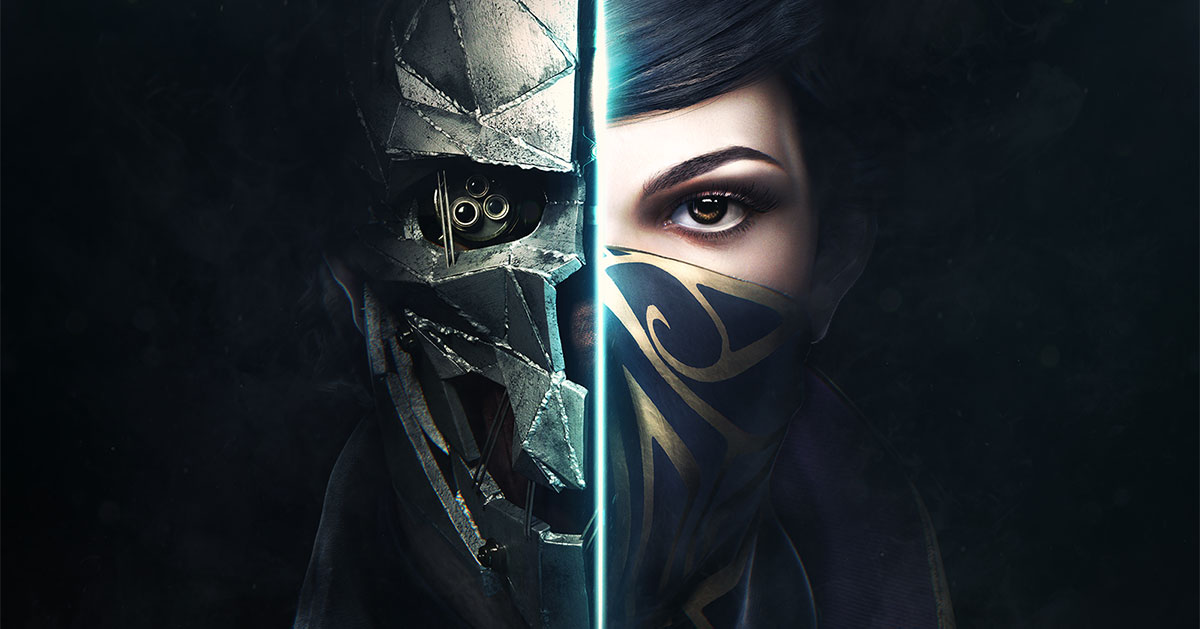
Want to know what we thought of the sequel? Here's our review of Dishonored 2.
But while the non-lethal solutions in a lot of Dishonored’s missions are darkly comical, the one here is just plain dark. “Regrettably dark,” according to Smith. A partygoer called Lord Brisby, who has an unhealthy obsession with your target, asks you to “deliver” her to him, and in return he’ll make sure she’s never seen again. So while you aren’t killing her, you are helping a possibly mentally disturbed man in a creepy scarecrow mask to spirit her away somewhere from which she’ll never return. It’s one of the most sinister examples of the game’s characteristic moral greyness.
Lady Boyle’s Last Party is also one of the finest examples of Dishonored’s detailed simulation and open-ended design. The fact you can move around as you please gives you more time to formulate a complicated plan, whether you’re going for a high or low chaos approach. But you have to determine which of the three Boyle sisters is your target first. Because, brilliantly, every time you play the level your target is a different sister.
Reading their diaries will reveal something about their personalities, which is one method of discovering the correct target. Waverly, for example, is paranoid, and you can convince her that her life is in danger and lead her to the cellar to quietly deal with her. Esma, on the other hand, has an insatiable sexual appetite, and you can exploit this and have her lead you to her bedroom. And Lydia—the hardest to kill quietly—is a music lover, and will retreat to the music room occasionally to play the piano. There are so many layers and so many possible routes and outcomes that it’s no surprise that this mission has become a fan favourite.
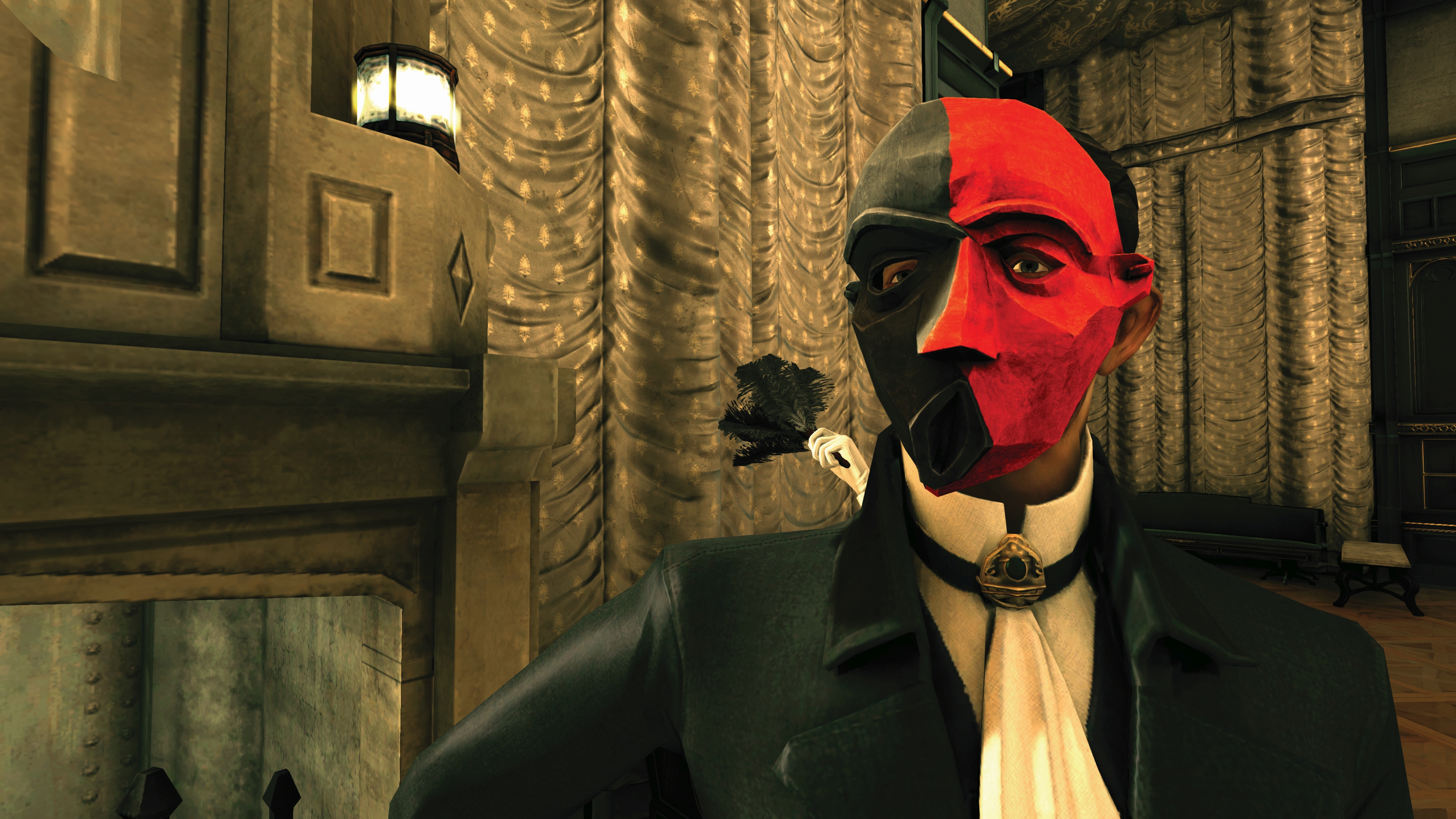
“In our games we don’t have those scenes where the player’s in a helicopter and it crashes into a building and it collapses,” says Smith. “We’d rather let you drive the action yourself. It’s a different kind of drama, knowing that you did it, that you had an impact on the simulation. It’s harder to sell, of course. The helicopter is a much easier, more immediate sell. But you walk away with a more unique experience.”
The level is full of Easter eggs and reactivity that reinforces this idea of you having a direct impact on what’s happening—some of which carries over from previous levels. If your chaos level is high, some of the guests will sneeze, implying the plague is spreading more rapidly. If you repeatedly bother a certain guest, he’ll call the guards and you’ll have to make an excuse. Make the wrong one and you’ll be asked to leave the party. Eat the apple belonging to the guard at the gate and he’ll exclaim “My apple! Just who do you think you are?” Small details, but they bring the level to life.
I ask Smith if any ideas were scrapped before they made it into the final level. “All the major movements were there from the start. The exterior area, getting the invitation, and even subtle stuff like signing the guestbook. We did originally intend for more people you knew to be at the party, but we couldn’t figure out how to keep them alive. Raphael [Colantonio] has all these funny sayings from his aunts and grandmother. He says that if an idea is cut early then we ‘killed it in the egg’, so anything that didn’t make it into the mission was probably killed in the egg before we spent time on it.”
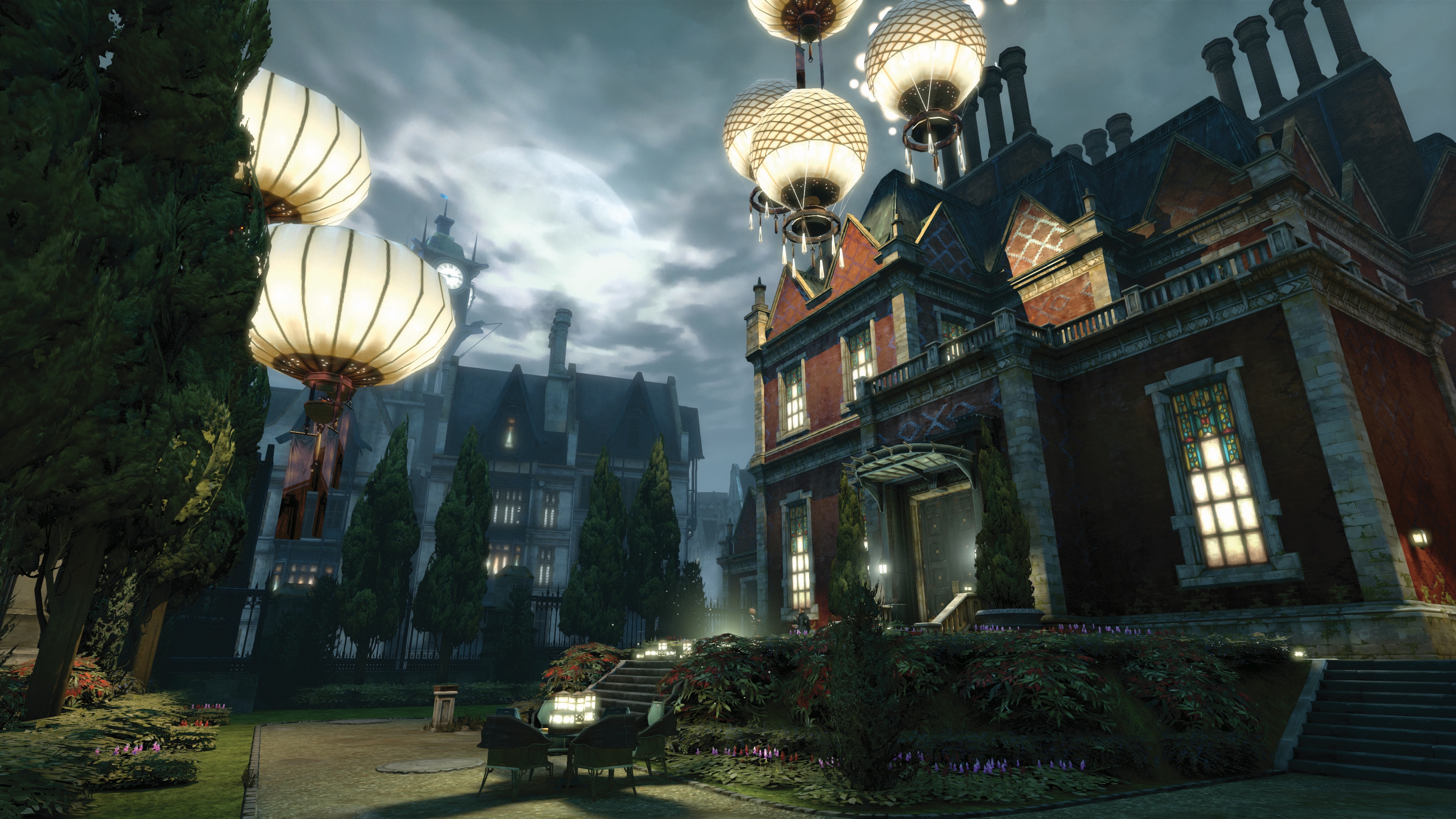
Dishonored always struck me as a game with a very driven, singular vision, and this response seems to confirm that. They had a strong concept, a costume party assassination with a mystery target, and ran with it, never losing sight of the original idea. The result is one of the most entertaining, deep, and complex levels in the history of the immersive sim.
It’s the perfect expression of the genre, giving you a fun simulation to experiment with, a rich setting to exploit, and engaging tools to create unique stories with.
“Dishonored is about your own problem solving, plan formulation, and epiphanies,” says Smith. “It’s about the drama of your own experiences.”
If it’s set in space, Andy will probably write about it. He loves sci-fi, adventure games, taking screenshots, Twin Peaks, weird sims, Alien: Isolation, and anything with a good story.


